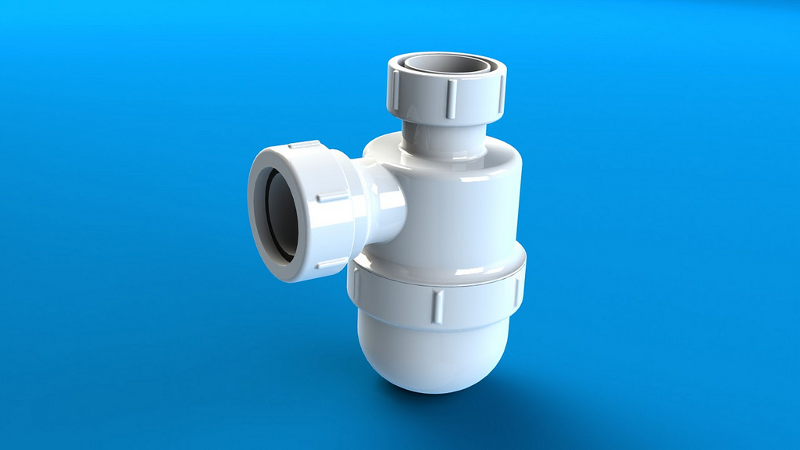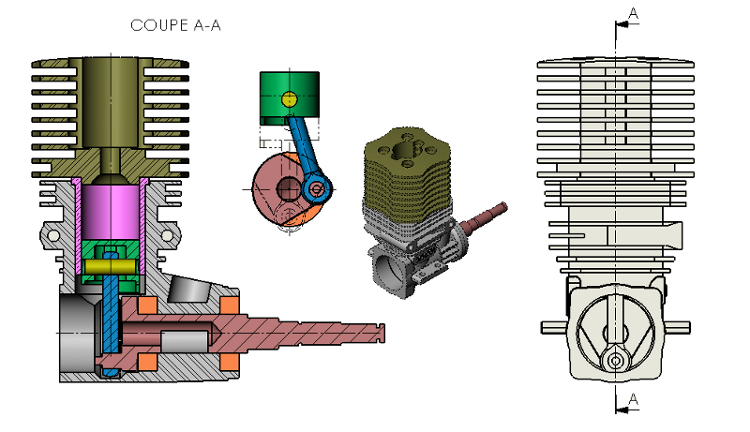
Charles R. Goulding and Peter Saenz of R&D Tax Savers discuss Dassault Systèmes’ impact on 3D printing.
The development of next-generation modeling software is one of the driving forces behind the proliferation of 3D printing technology. While it is easy to focus on technological strides made by advances in 3D printing hardware such as lasers, linear controls, and sleek enclosures, these machines would be useless without software. Dassault Systèmes, a European software company, is at the forefront of 3D printing innovation. Dassault develops Project Lifecycle Management (PLM) software. Some of their most prominent software offerings include DELIMIA, ENOVIA, SIMULIA, SOLIDWORKS, 3DVIA, and CATIA.
A 3D printer can’t function without Computer Aided Design (CAD) or Computer Aided Manufacturing (CAM) software. CAD software is used to develop a 3D model of a part while CAM software bridges the gap between concept and prototype by directing the hardware of a 3D printer to move in a highly precise manner that will allow for the creation of the model. CAM software also allows the user to optimize the manufacturing process. For example, the designer can choose to print the model very quickly at low resolution or very slowly at a high resolution. The designer is also able to manipulate various elements in order to optimize strength, reduce weight, and more.
The advent of 3D printing and advanced design software has completely changed the landscape of what is possible. Designs that were once impossible can now be realized. This is primarily because 3D printing allows for the creation of more complex designs, which fuels the development of new technologies and industries. The design process has become so complex and optimized that it is necessary to manage every step of the development life cycle. That is where PLM software comes into play. PLM allows teams to manage a project from concept to delivery to the end user. Without it many of todays modern marvels would not exist.
SOLIDWORKS, now a Dassault business unit, has played a significant role in 3D printer adoption due to its ease of use. Although there are many different solid modeling software offerings on the market, many of them cater to more niche markets and therefore have steeper learning curves. SOLIDWORKS is a broad range modeling software and is designed to be user friendly and to be easily integrated into the 3D printing work flow. This makes it ideal for companies that are beginning to adopt 3D printing technologies, as well as startups. Whether it is a startup or a well-established company, designers need to be able use newly purchased 3D printers as soon as possible. A 3D printer can only add value to a company while in use. There are many companies that acquire 3D printers but then come to the realization that their employees do not have the skill set to unleash the full potential of the machine. At R&D Tax Savers, we interview thousands of engineers and a common theme is that many engineers prefer to use SOLIDWORKS due to its ease of use.

Dassault Systèmes recently announced the release of SOLIDWORKS 2019. This latest version of SOLIDWORKS includes many features that will allow firms to more effectively implement 3D printing technologies. New features include an enhanced design review that allows for greater flexibility and enables teams to streamline the product development process. Furthermore, these new features are in line with big data trends and allow engineers to manipulate large datasets and extract meaningful information. Other features are targeted to increase collaboration.
Collaboration is now one of the most important aspects of developing a new product. There was a time when teams could work in silos and make significant and innovative contributions to a project, but 3D printing has fundamentally changed the very structure of innovation. Additive manufacturing allows for the development of prototypes at an unpresented rate, which means “what if we do this?” questions can be explored and answered. The answers gained from iterating on CAD models and printing prototypes can completely change other aspects of the design, so it is imperative that design teams are in sync.

Oher new features allow design teams to rapidly make changes to a model without having to resolve too many conflicts. The development of a 3D model requires the manipulation of simple geometric shapes to produce complex models. Usually, a component is built top down or bottom up in stages. Unfortunately, sometimes the designer may make a mistake on one of the earlier stages and when that mistake is resolved, numerous additional errors are generated. This is because subsequent stages are built off of the earlier stage and when this happens a designer can find themselves spending hours fixing conflicts. The conflicts can be so pervasive that starting the model from scratch is sometimes the most logical option. Lastly, the new Extended Reality application allows for the publishing of scenes in VR and AR applications.
All these new features will work synergistically to accelerate 3D printer adoption. Like anything else, the easier something becomes to implement, the more people will adopt it. This is especially true in an era where the development of new technologies is highly interdisciplinary and requires the ability to test new theories and ideas. The 2019 installment of SOLIDWORKS meets these demands of modern manufacturing. It creates an environment where CAD novices can communicate with more seasoned users and quickly become 3D modeling experts.
This new version of SOLIDWORKS will also enable designers and engineers to maximize generative design methodologies. A few years ago, Dassault Systèmes acquired Accelerys Inc., a company that specializes in material science. Dassault took the expertise of Accelerys’ molecular level material optimization and used it to enhance CAD design in other industries.
CAD software with built-in generative design features allows designers to optimize the design by applying loads on a model. The material type and how it is implemented in the model will determine what sections of the model will fail first at specified loads. The software will simulate the real-world stresses and strains, which allows the designer to experiment with different types of forces at different locations and under different environmental conditions, such as temperature and humidity. Generative design functions can then optimize the CAD model by adding or subtracting material in strategic locations.
The development of advanced modeling software like Dassault Systèmes’ SOLIDWORKS will continue to drive 3D printing innovation. It is clear that any company looking to enhance their 3D printing capabilities should spend as much time researching software as they do hardware.











MiniFactory’s new software produces a very useful report for each 3D print that may be important for clients. We had a close look at one.